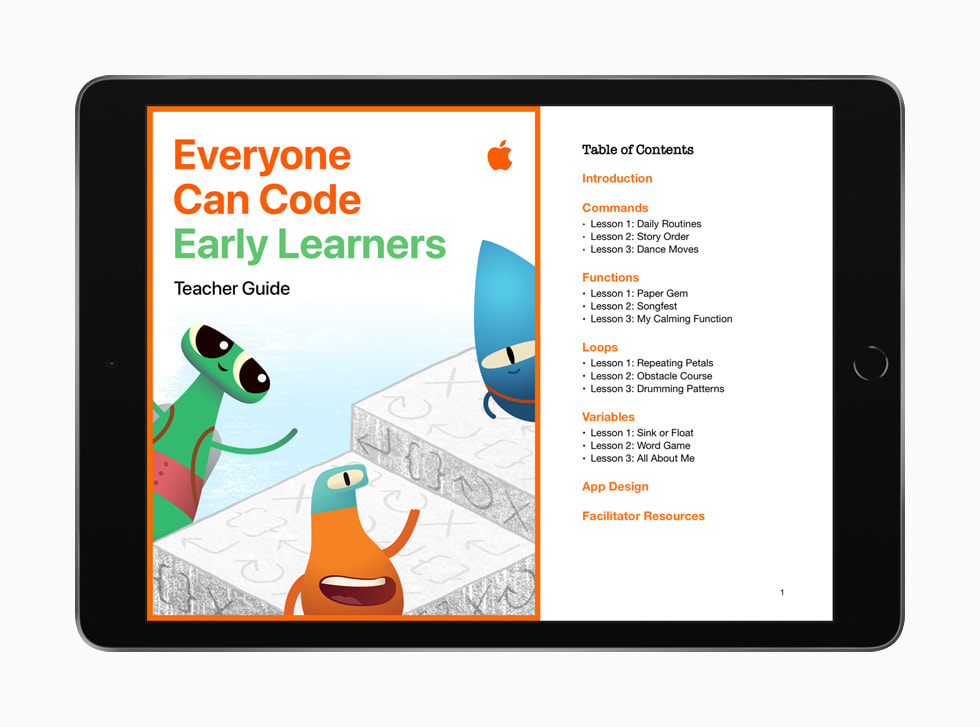
The American Senior High Schools is located in unincorporated country clubs of Miami-Dade County. It has been designated a Blue Ribbon School of Excellence. It offers a rigorous curriculum that is tailored to the diverse needs of its students. For those who are looking for a college education, the school is a great option.
Rankings
The American Senior High School in Hialeah, Florida is a public high school that serves 2,170 students in grades 9-12. It is the 127th largest public high school in Florida and the 1,161st largest nationally. According to U.S. News rankings it is below average in math proficiency as well as reading proficiency. It has a student-teacher ratio 23.3:1, and its poverty rate is higher than the 16.2 percentage state average.
Wyomissing Junior/Senior high school is ranked 50th among Pennsylvania schools and 1,403 nationally. Wilson High School is ranked 60th, while Boyertown High is ranked 85th.

Student population
American Senior High is located in Country Club, Miami-Dade County. It has been designated a Blue Ribbon School of Excellence. It serves around 1,800 students in grades 9-12. The school has a variety of student organizations, including National Honor Society.
The school is part Miami-Dade County Public Schools. It has 98% students who are of minority backgrounds and 83% that are economically disadvantaged. This school has a high proportion of minority students and a low ratio of student-teachers. It is one 128 high school in Miami-Dade County Public Schools. In the 2018-19 school year, American Senior High School ranked in the bottom 50% of all Florida high schools.
Test scores
According to the Florida Department of Education American Senior High School ranks in the bottom half of Florida in math and reading test scores. The percentage of students at the school who are proficient in reading and math is 37%. This is lower than the Florida State Average of 60% and 56%. Despite poor test scores the school's student to teacher ratio is greater than the state average of 16
American Senior High School currently has 89 full time teachers. It is the Miami-Dade School district's 101 highest-rated high school. These data are based data from the National Center for Education Statistics(NCES), U.S. Census Bureau (US Census Bureau) and the Florida Department of Education.

Parent involvement
It is vital that parents are involved in the education and support of students. Parents can provide support in many ways, including material and emotional support. Children can also benefit from the role models of their parents. Numerous studies have shown the positive effects of parental involvement in education. Parents are actively involved in the education and development of their children in the United States.
Studies show that parents who are involved in their children's education have higher academic achievements and better social skills. This is especially evident in early grades, where parents are more involved. Furthermore, research shows that parents' involvement has a strong correlation with children's academic outcomes and behavior.
FAQ
What is the difference between school and college?
Schools are typically divided into classes or grades with a teacher who teaches students. Colleges are larger organizations that offer more specialized programs and often include university-level courses. While schools tend to focus on the basics, colleges can offer courses in a wide range of subjects, including science, language, business, and arts. Both levels have a curriculum that prepares students for higher education.
What is early childhood education?
Early Childhood Education focuses on helping children grow into happy and healthy adults. This includes teaching children how to read and preparing them for kindergarten.
Early childhood education aims to help children learn and grow through age-appropriate experiences.
Early childhood educators are often called upon to assess the developmental needs of each child they come across. This helps to determine if a program is right for each child.
Parents can interact with teachers and professionals who have had experience working with young kids through early childhood programs.
As parents, they play a vital role in early childhood education. They need to know how best to care for their children.
Parents can participate in activities that will teach their children life skills.
Although the term preschool education is often used to refer to early childhood education, it can also be used interchangeably for daycare centers. Prekindergarten education starts around three years ago, and early childhood education is similar.
What is the difference between college and university?
A university provides higher education. It offers courses in various areas, both undergraduate and postgraduate.
A college is usually smaller than a university and has a lower reputation. While it may offer fewer programs, many colleges have their own specialist departments.
What is a "Trade School"?
Trade schools are an alternative way for people without success at traditional higher education institutions to earn a degree. These schools offer career-focused programs that prepare students for specific jobs. The programs offer two-year courses in one semester. Students then go on to a paid apprenticeship program, where they are trained in a specific job skill set and given practical training. Trade schools can be classified as vocational schools or technical colleges. Some trade schools also offer associate degree programs.
What is the average time it takes to become a teacher in early childhood?
The bachelor's degree program in early childhood education takes four years. Two years are required to take general education courses offered by most universities.
After your undergraduate studies, most people enroll in graduate school. This step allows you to specialize in a particular area of study.
For example, you might choose to concentrate on learning disabilities or child psychology. After earning a master's, you must apply to a teacher preparation program.
This process will take another few years. This period will be filled with learning opportunities and collaborations with educators.
Finally, you will need to pass state exams before you can officially begin working as a teacher.
This process can take many years. Therefore, you won't immediately be able jump into the workforce.
How do I apply to college?
There are many options available for how to apply to college. Get started by talking to your high-school guidance counselor or admissions representative. Online applications are popular among high schools. Local colleges can also be reached directly. Most colleges will accept applications over the Internet through their website.
You can apply by mail, but you will need to complete the application and write a personal essay. Also, send copies of any required documents. This personal statement allows you to describe why you choose to attend this institution and the benefits it could bring to your life. This personal statement also helps admissions officers understand your goals and motivations.
Download sample essays from our website.
Statistics
- Data from the Department of Education reveal that, among 2008 college graduates, 92.8 percent of humanities majors have voted at least once since finishing school. (bostonreview.net)
- These institutions can vary according to different contexts.[83] (en.wikipedia.org)
- Globally, in 2008, around 89% of children aged six to twelve were enrolled in primary education, and this proportion was rising. (en.wikipedia.org)
- “Children of homeowners are 116% more likely to graduate from college than children of renters of the same age, race, and income. (habitatbroward.org)
- In most developed countries, a high proportion of the population (up to 50%) now enters higher education at some time in their lives. (en.wikipedia.org)
External Links
How To
What is vocational Education?
Vocational Education, which is an educational system that prepares high school students for jobs after college or high school, provides them with training in specific skills required for a job (e.g. welding). Vocational Education also offers apprenticeship programs that provide on-the-job training. Vocational education stands out from general education. This is because it focuses less on general knowledge and more on developing skills for specific occupations. Vocational training is not designed to prepare individuals for university but rather to assist them in finding jobs upon graduation.
Vocational education may be provided at all levels of schooling, including primary schools, secondary schools, colleges, universities, technical institutes, trade schools, community colleges, junior colleges, and four-year institutions. There are many schools that specialize in specific subjects, such as nursing schools (law schools), medical schools, dental school, veterinary medicine and firefighting schools. Many of these schools provide both academic instruction as well as practical experience.
Over recent decades, there have been significant investments made in vocational education by many countries, including Australia, Denmark (Finland), Germany, Ireland and Japan. The effectiveness of vocational training is still a controversial topic. Some critics claim it is not effective in improving students' employability. Others argue that it helps them prepare for life after school.
The U.S. Bureau of Labor Statistics has estimated that 47% of American adults hold a postsecondary certificate or degree related to their current occupation. This is a higher percentage among those who have more education. 71% are currently employed in fields that require postsecondary qualifications.
According to the BLS in 2012, almost half of Americans had at the least one type of postsecondary credential. About one-third of Americans held a two-year associate degree, while about 10 percent held a four-year bachelor's degree. One fifth of Americans had a masters degree or doctorate.
For those with a bachelor’s degree, the median annual income was $50,000. This is compared to $23,800 if you don't have one. For those with advanced degrees, the median wage was $81,300.
For those who did no high school, the median salary was only $15,000. For those who did not complete high school, the median annual salary was only $15,200.